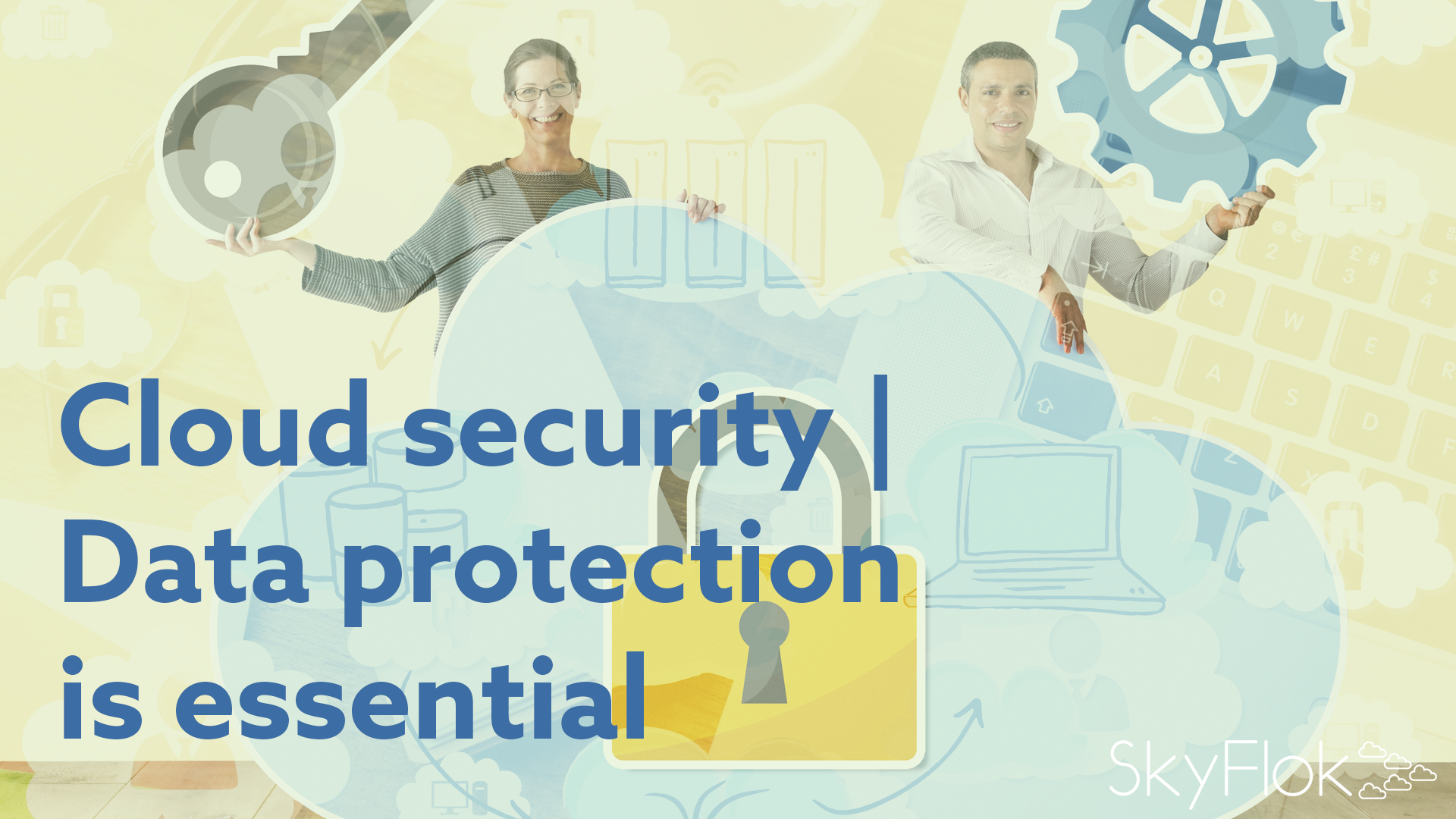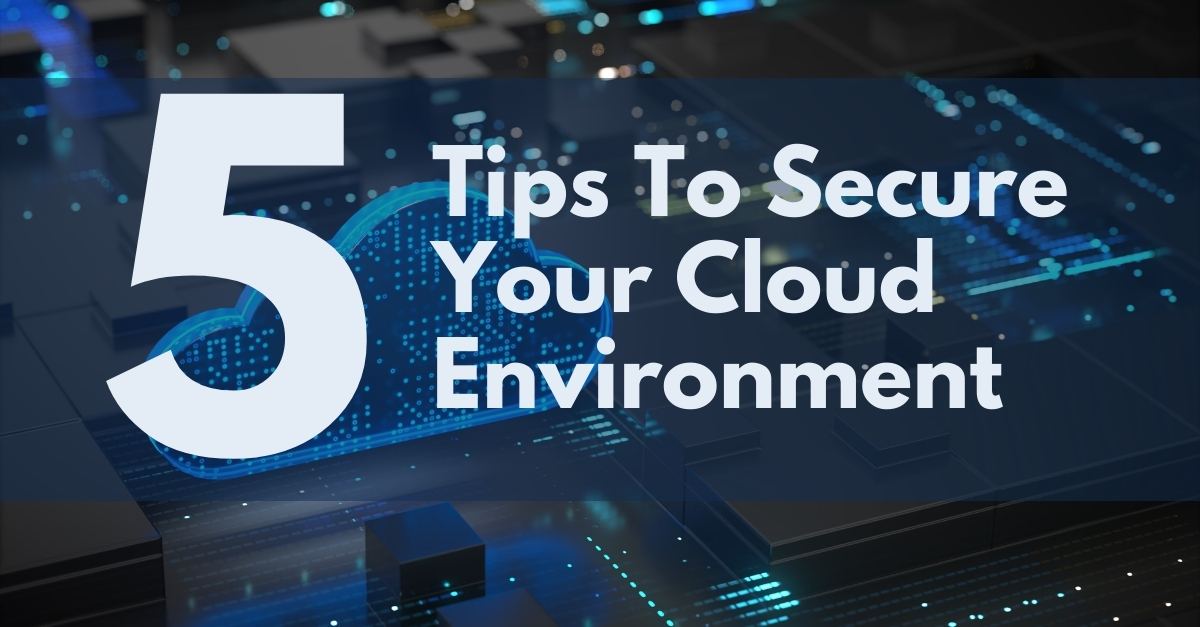5 Essential Cloud Security Tips for 2023

Welcome to our comprehensive guide on securing your cloud environments in 2023. With the proliferation of cloud services, security remains a paramount concern for businesses of all sizes. Here, we outline five essential tips to ensure your cloud data remains secure, compliant, and resilient against cyber threats.
1. Implement Strong Password Policies
One of the first lines of defense in any security strategy, especially in cloud environments, is a robust password policy.
- Complexity: Ensure passwords contain a mix of letters, numbers, and special characters.
- Length: Set a minimum password length of at least 12 characters to reduce the effectiveness of brute-force attacks.
- Frequency: Regularly prompt users to change their passwords to minimize the risk of compromise.
- Management: Use a password manager to generate and store unique passwords for each service.
- Multi-factor Authentication (MFA): Enable MFA for an additional layer of security.

🔒 Note: Remember, even the strongest password can be compromised if shared or stored insecurely. Always use password managers to manage access to cloud services.
2. Enforce Least Privilege Access Controls
Access control is pivotal in cloud security to ensure that users and systems have only the permissions they need to perform their jobs.
- Identity and Access Management (IAM): Leverage IAM systems to define roles and permissions.
- Need-to-Know Basis: Restrict access to data and services to what is strictly necessary.
- Regular Audits: Conduct regular audits to adjust permissions based on role changes or employee exits.
- Automation: Use automated tools to manage permissions, reducing human error.

3. Use Encryption Everywhere
Encryption is a fundamental tool in securing data both at rest and in transit.
- Data at Rest: Encrypt data stored in cloud databases, file systems, and backup solutions.
- Data in Transit: Use SSL/TLS for all data transmitted between cloud services and users.
- Key Management: Implement key rotation and secure key management practices to prevent unauthorized access.

🔐 Note: Encryption should be seen as an essential layer of security, not an add-on. Remember, however, that key management is as crucial as encryption itself.
4. Continuous Monitoring and Alerting
The dynamic nature of cloud environments necessitates real-time monitoring to detect and respond to security incidents promptly.
- Intrusion Detection Systems (IDS): Deploy IDS to watch for unusual or suspicious activities.
- Security Information and Event Management (SIEM): Utilize SIEM tools to correlate and analyze logs from various sources.
- Automated Responses: Set up automated alerts and triggers to respond to incidents.
- Log Analysis: Regularly review logs to spot trends or anomalies that might indicate a breach.


| Tool | Function |
|---|---|
| CloudWatch | Monitoring AWS services |
| Google Cloud Monitoring | Monitoring Google Cloud Platform |
| Azure Monitor | Monitoring Azure services |
5. Regular Security Audits and Compliance Checks
Compliance and regular audits ensure that your cloud setup adheres to standards and regulations, reducing legal and security risks.
- Compliance Frameworks: Follow standards like ISO 27001, HIPAA, GDPR, etc.
- Automated Auditing Tools: Use tools that automatically scan for compliance and vulnerabilities.
- Security Assessments: Conduct thorough security assessments at predefined intervals.
- Penetration Testing: Simulate attacks to test your security measures’ effectiveness.

Additional Tips and Tricks
Beyond the five core strategies, here are additional measures to enhance your cloud security:
- Zero Trust Model: Adopt a zero trust security model to never trust, always verify access.
- Secure API Use: Ensure APIs are secured against unauthorized access and follow API security best practices.
- Backup and Disaster Recovery: Maintain robust backup and recovery plans for data protection.
In wrapping up, cloud security is an ongoing process that demands a proactive approach. By implementing strong password policies, enforcing strict access controls, encrypting data comprehensively, continuously monitoring your environment, and regularly auditing your systems, you can significantly bolster your cloud security posture. Remember, in the ever-evolving landscape of cyber threats, staying informed, and adapting your security measures is key to safeguarding your data in the cloud.
What is multi-factor authentication (MFA) in the context of cloud security?
+
Multi-factor Authentication (MFA) adds an additional layer of security by requiring users to provide two or more verification factors to gain access to cloud resources. This typically includes something you know (password), something you have (like a mobile device for a push notification), or something you are (biometrics). MFA significantly reduces the risk of unauthorized access even if one factor is compromised.
How often should security audits be conducted in a cloud environment?
+
Security audits should be conducted at least annually, but for organizations dealing with highly sensitive data or those with strict compliance requirements, quarterly or even monthly audits are recommended. Additionally, audits should be performed immediately following any significant changes to the cloud infrastructure or after a security incident.
Is it possible to achieve full cloud security?
+
Achieving absolute security is practically impossible due to the ever-evolving nature of cyber threats. However, by adopting a layered security approach with regular updates, proactive monitoring, and adherence to best practices, organizations can significantly minimize risks and protect their cloud environments to an acceptable level of security.



